When we arrived, we made a quick stop at the Camp Store where we picked up a map of the park. There is a 238-site camping facility in this area of the park.
Another major attraction for us is the off-leash dog beach. Our sweet doggie, Sadie, had a blast meeting and playing with new friends in the water.
We walked along the beach to the Bay Pier (no dogs allowed on pier), where we saw this great white egret, anhinga (driving its wings), snowy egret, and pelicans. There are over 300 birds species in the park.
The Sunshine Skyway Bridge (the beautiful, cable-stayed bridge that crosses Tampa Bay and rated one of the top 10 bridges in the world) can be seen in the distance to the south from the pier. (en.m.wikipedia.org/wiki/Sunshine_Skyway_Bridge). And the dog beach is to the north.
Lots of folks were fishing from the pier. A bait and tackle shop is located on it as well. Water fowl like to hang out on the roof...one of them was a great blue heron.
The Tampa Bay Ferry (www.tampabayferry.com) provides ferry service from Egmont Key to the beach next to the pier twice a day. Passengers disembark via a gangplank directly onto the beach.
We drove a short distance to the site of Fort De Soto stopping first at the Museum. It is housed in the restored Quarterhouse Storehouse structure that was originally built in the early 1900s. It was used to store supplies from 1905 to 1910. Many trees, including this strangler fig, were planted at the fort.
Exhibits in the museum chronicle the history of both Fort De Soto (here on Mullet Key) and Fort Dade (on nearby Egmont Key).
Here is a brief history of Mullet Key:
- Spanish explorer, Hernando De Soto, came to Tampa Bay in 1536, where he encountered the indigenous Tocobaga people. Archaeological evidence indicates they lived here from about 1,000 AD until they disappeared in the 1500s (likely from diseases brought to them by the Europeans). De Soto continued to explore the southeastern area of the US into his death in 1542.
- The area was surveyed in 1849 by Army Engineers including Colonel Robert E. Lee. It was recommended at that time that Egmont and Mullet Key be used for military purposes.
- During the Civil War (1851), Union troops set up a blockade here (although no fortifications were built) and no battles were fought.
- The US became involved in the Spanish American War in 1898. Because Tampa was the port of embarkation of US troops and supplies to Cuba, construction began on a military post the same year. In 1900, it was named Fort De Soto and was a sub-fort of Fort Dade (Egmont Key).
- Thick walls (16'), ceilings (5'), and massive amounts of sand/dirt (72,000 cubic yards) provided protection for the two gun pits with 12" mortars.
- The two 6-inch rapid fire-rifles were purchased from England in 1898 (Driggs-Seabury Model). The projectiles weighed 15 pounds and had a range of 4.5 miles. Sadie was very curious about these weapons!
- The 12-inch M 1890 MI mortars were manufactured in NY and mounted on carriages. Each gun had a 12-man crew to manually load and aim it. Its range was 1.25 to 6.8 miles. If spotters saw a ship, they would communicate the information to the data room to enable the troops to load and aim the weapons. None of the weapons were fired in combat.
- Between 1900 and 1906, 29 post buildings (wood construction with slate roofs) were constructed. During the was, 250 troops occupied Fort Dade and 125 troops at Fort De Soto. Hordes of mosquitos made duty at both forts tortuous for the troops. By 1914, both were declared inactive.
- The Hillsborough County Board of Health established a quarantine station here in 1889. Medical examinations of immigrants and inspection of aliens aboard ships from foreign ports were conducted (as bubonic plague carried by rats were of major concern). Various agencies managed the facility over the years that closed in 1937.
- During most of WWI (beginning in 1917) 22 private, 2 NCOs, and 2 officers were assigned to Fort De Soto. Once again, the fort was closed in 1922.
- The Fort was returned to military status in 1941 when it became Mullet Key Bombing Range. B-17 bombers ("Flying Fortress"), P-40s, and P-51 Mustang were tested here dropping bombs filled with sand on the range. In 1945, the land was sold back to Pinellas County.
The Gulf Pier and Beach can be seen from the top of the old Fort.
There is so much to see and do at this lovely park, that I am sure we will return before we leave the area at the end of March. There is a $5 parking fee at the park. Canoes, kayaks, bicycles, etc., are available for rent at park concessions. See their website for additional information about camping reservations, picnic shelters, and other activities at www.pinellascounty.org/park/05_ft_desoto.htm#publications.
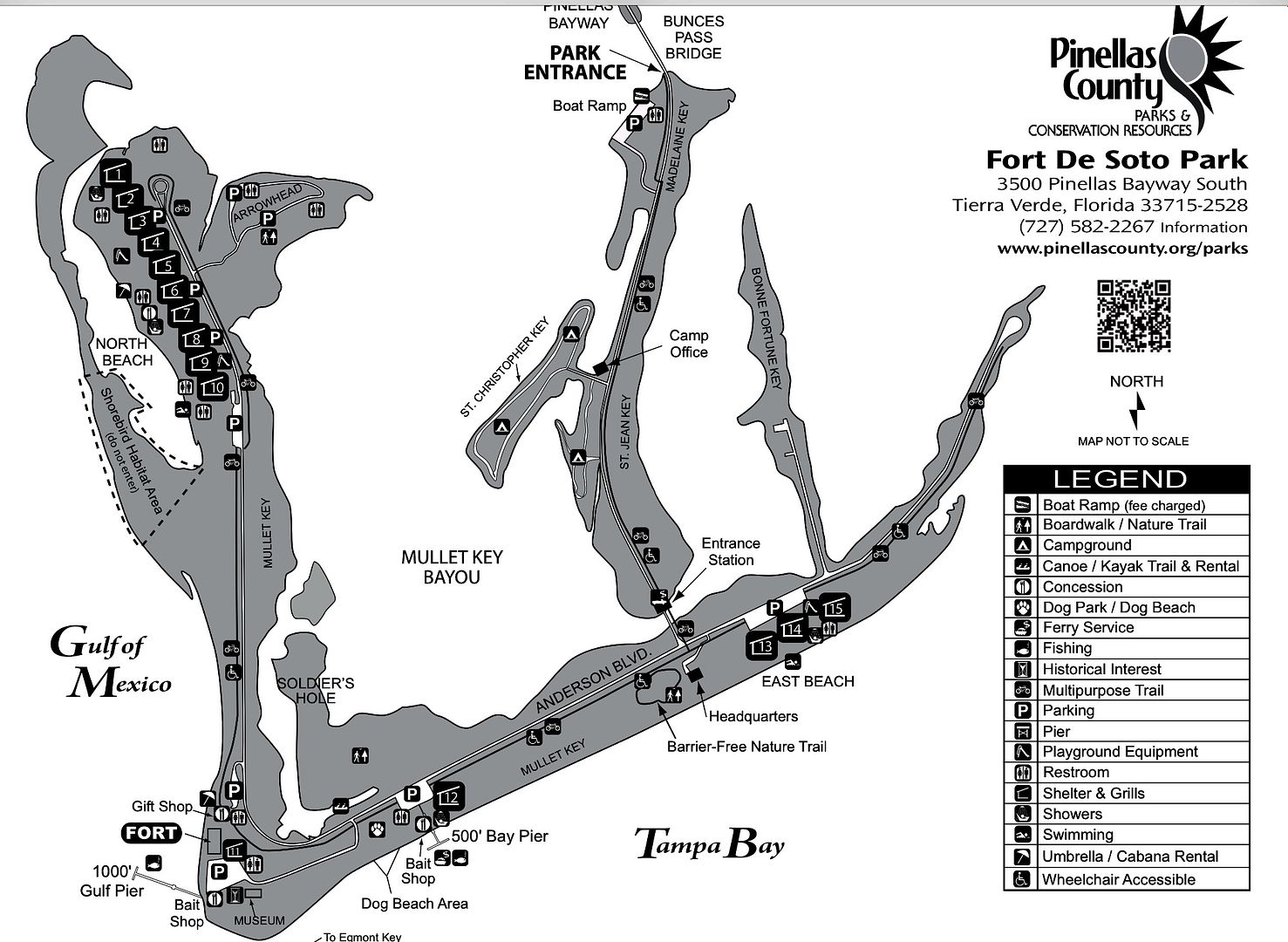
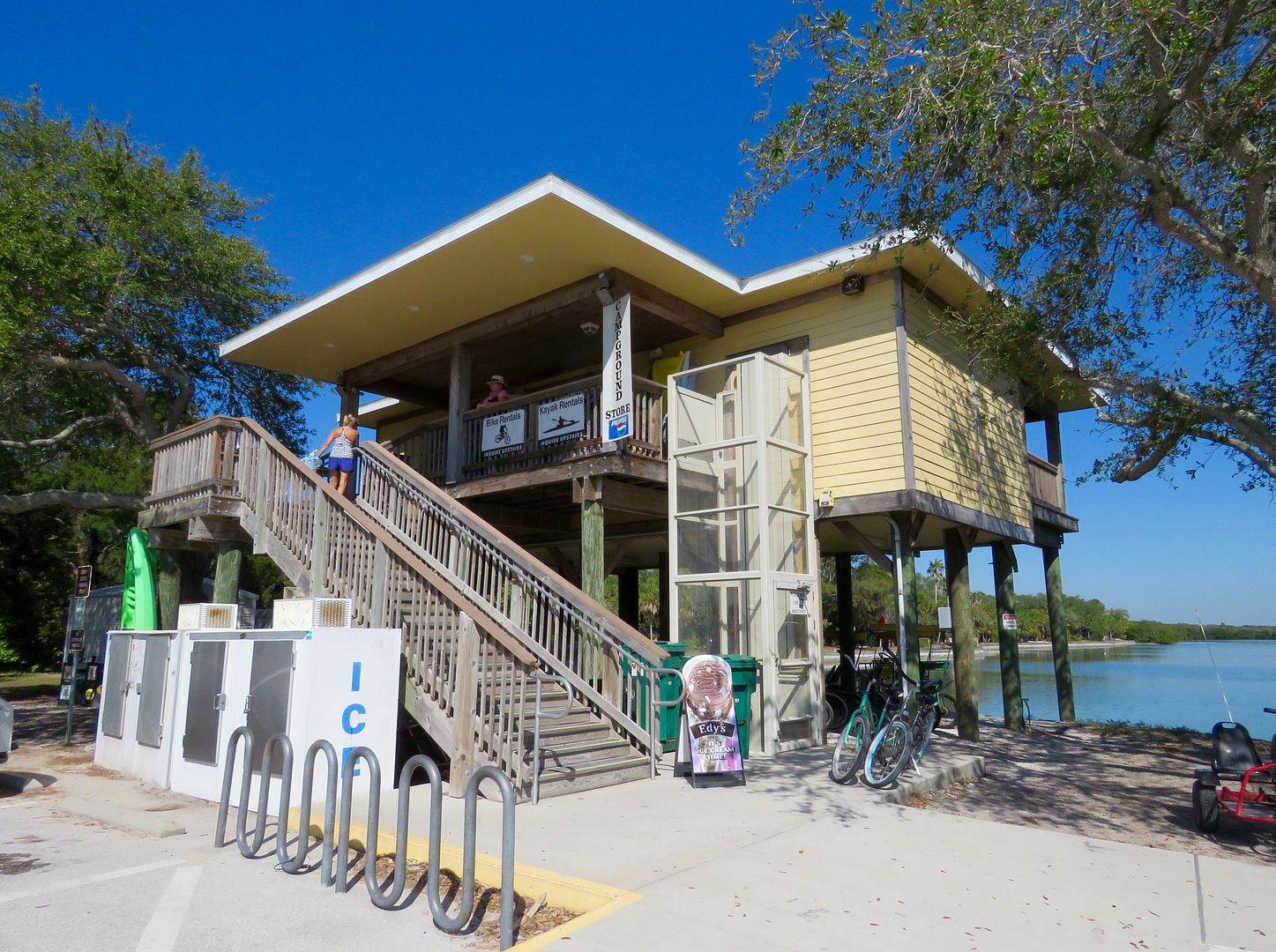




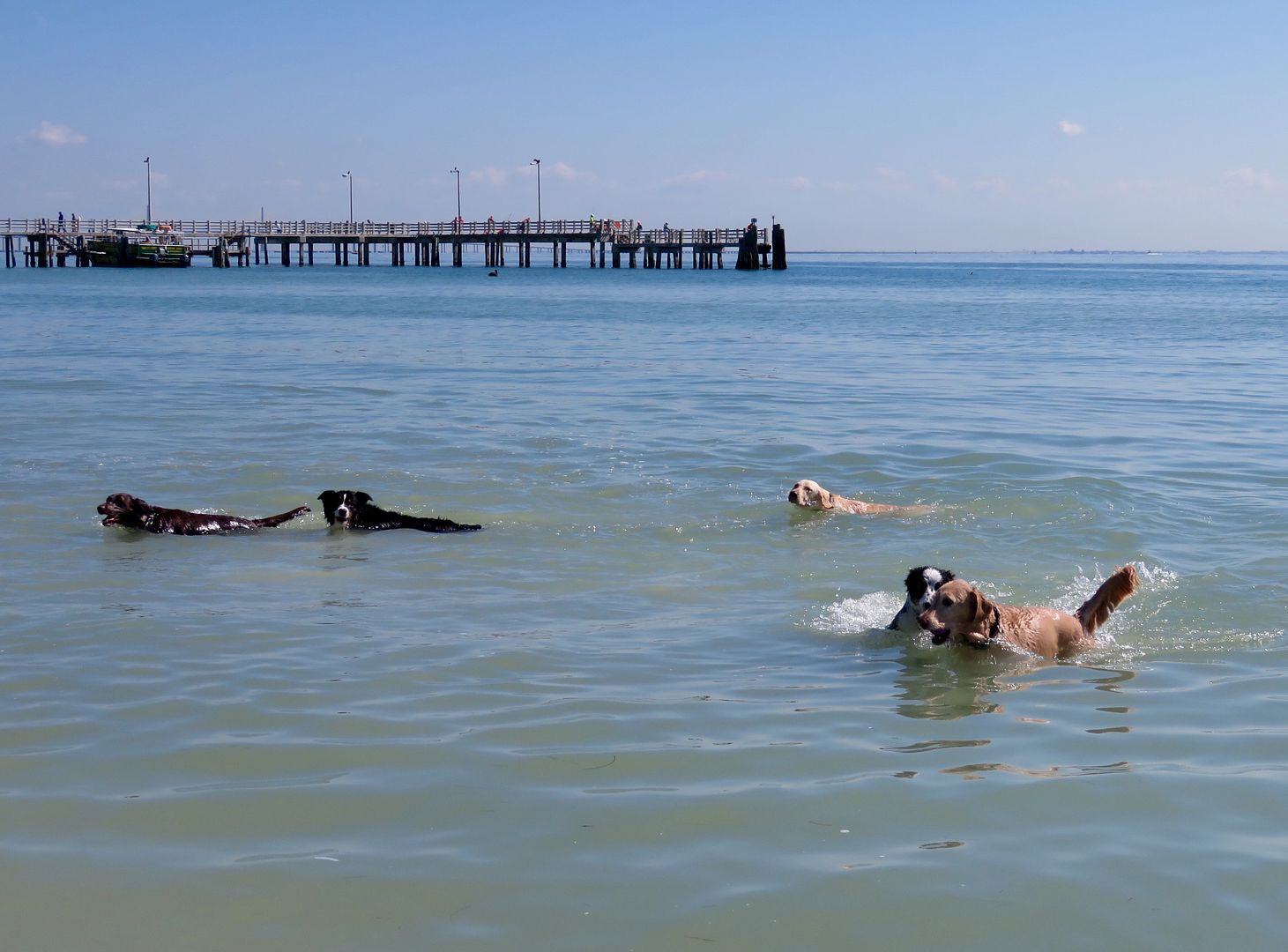
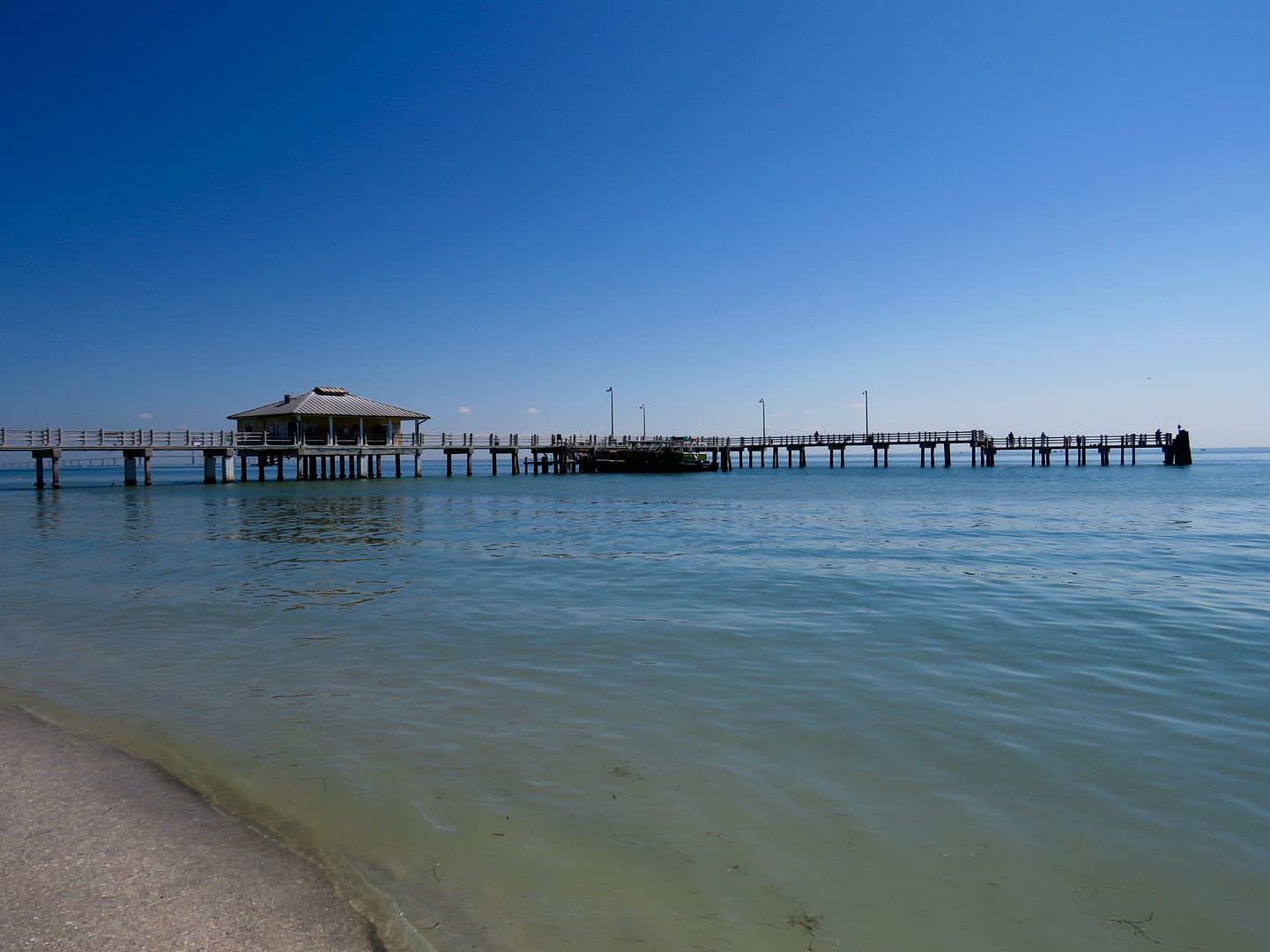
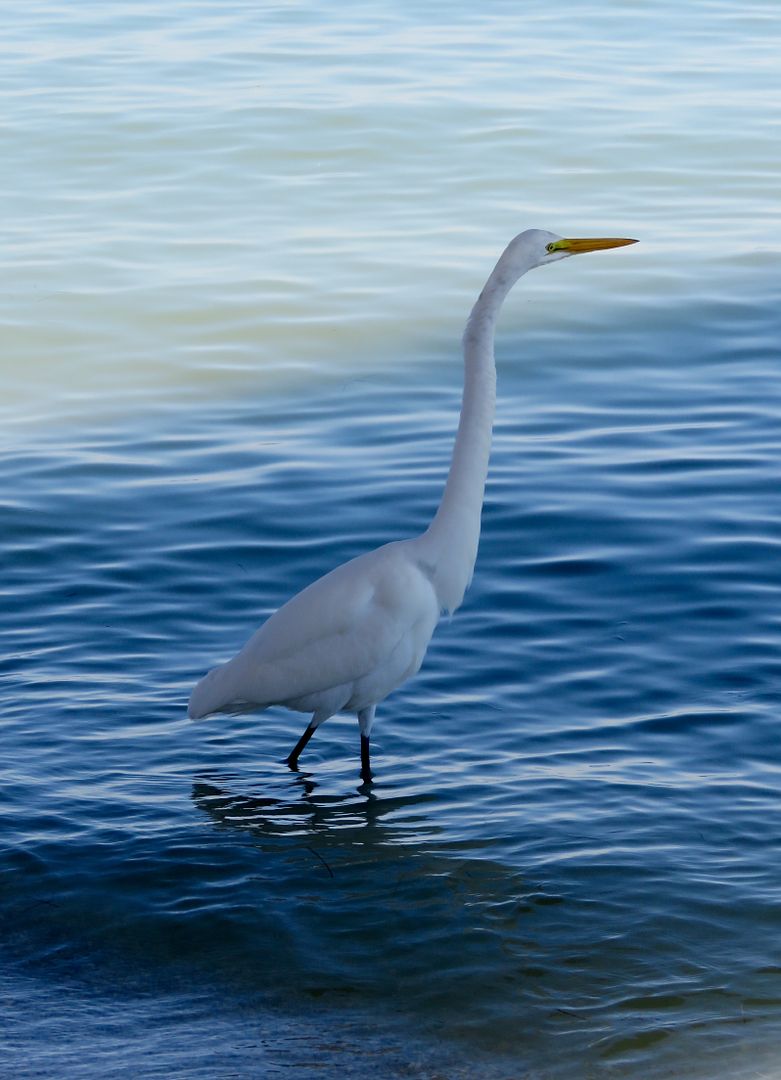
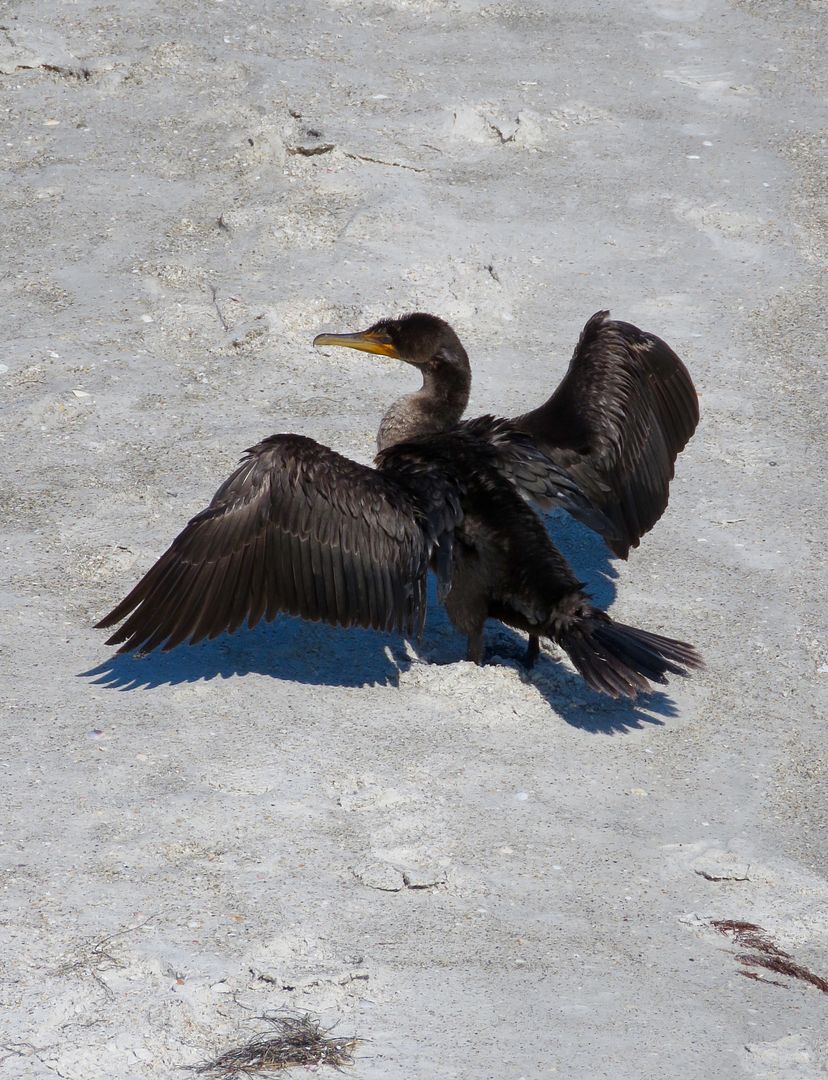


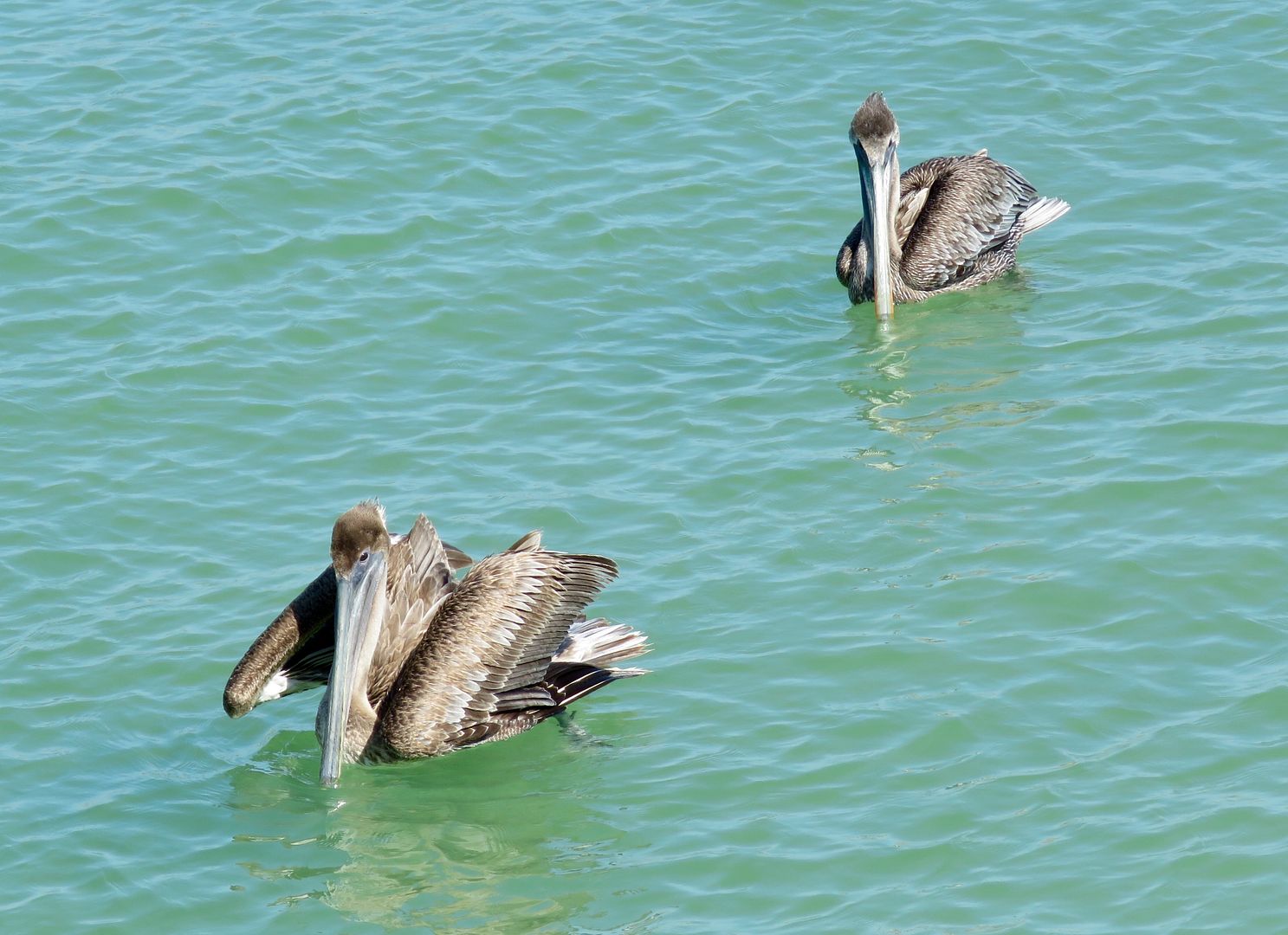



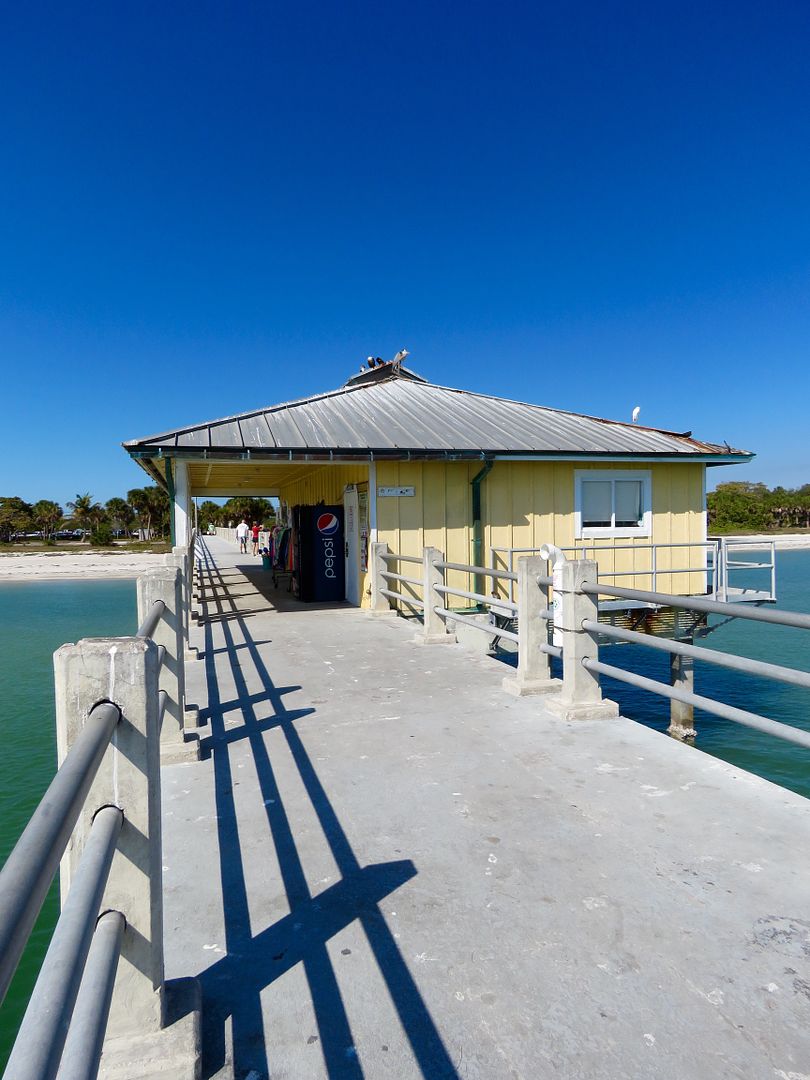

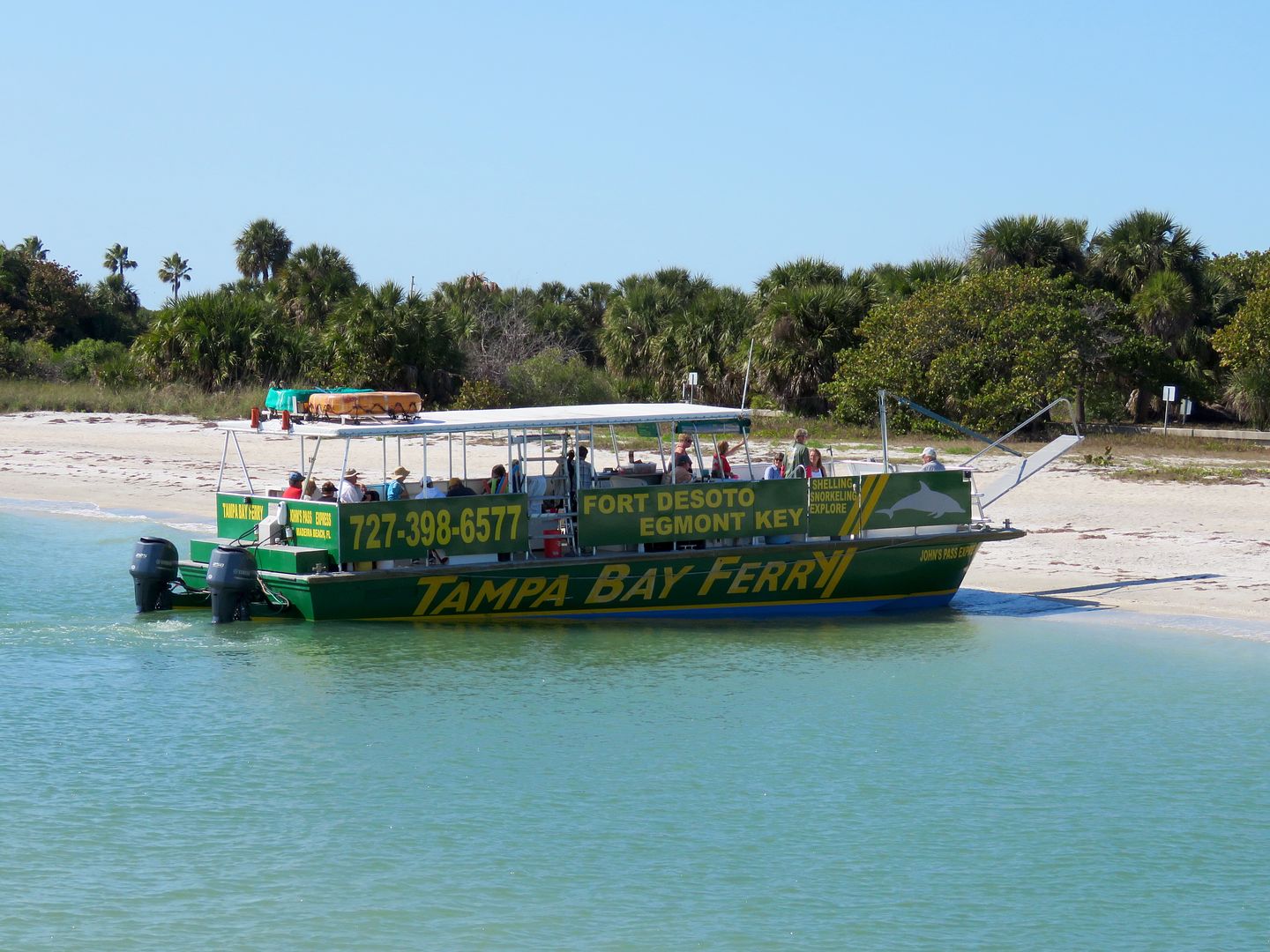
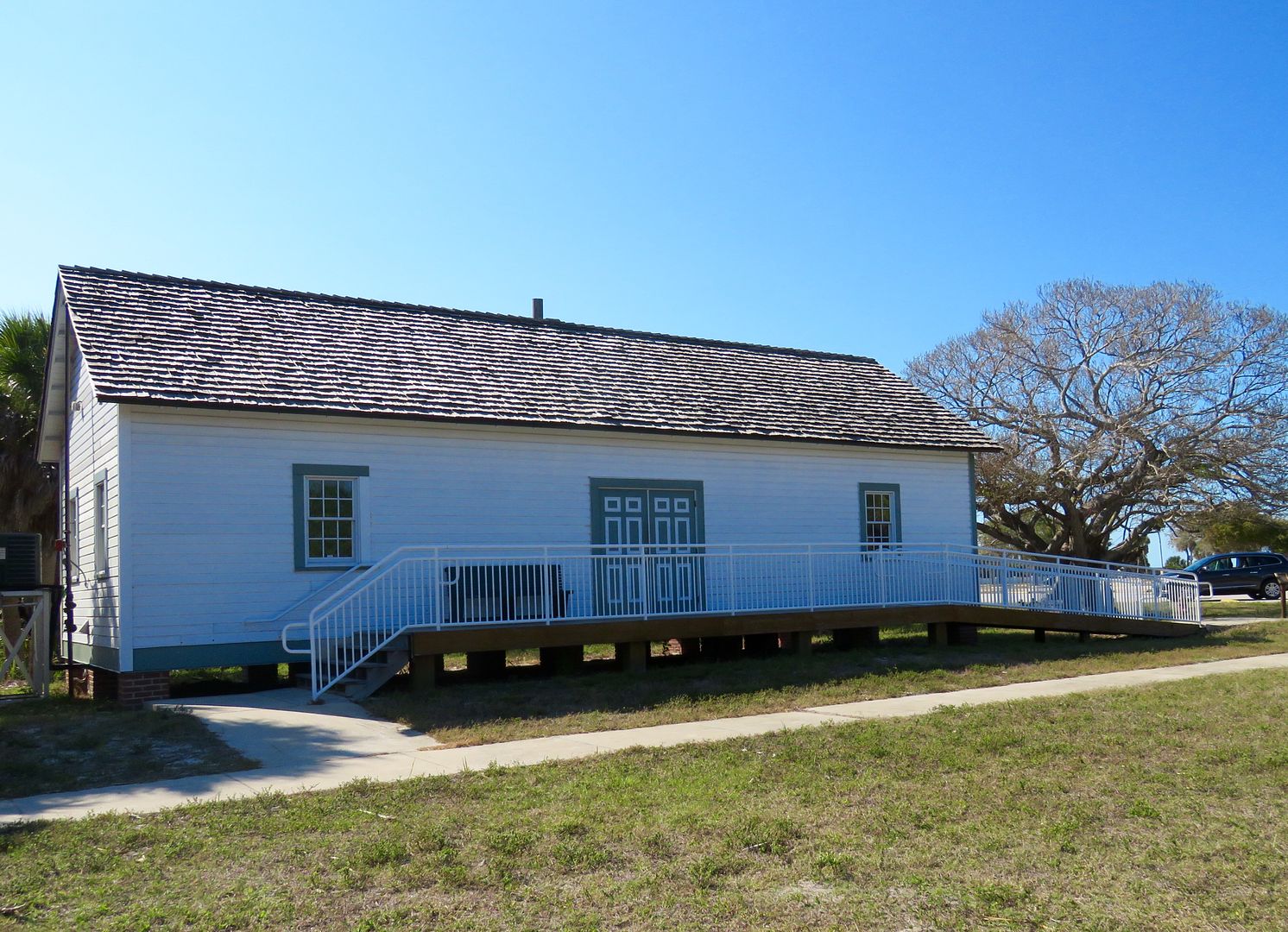
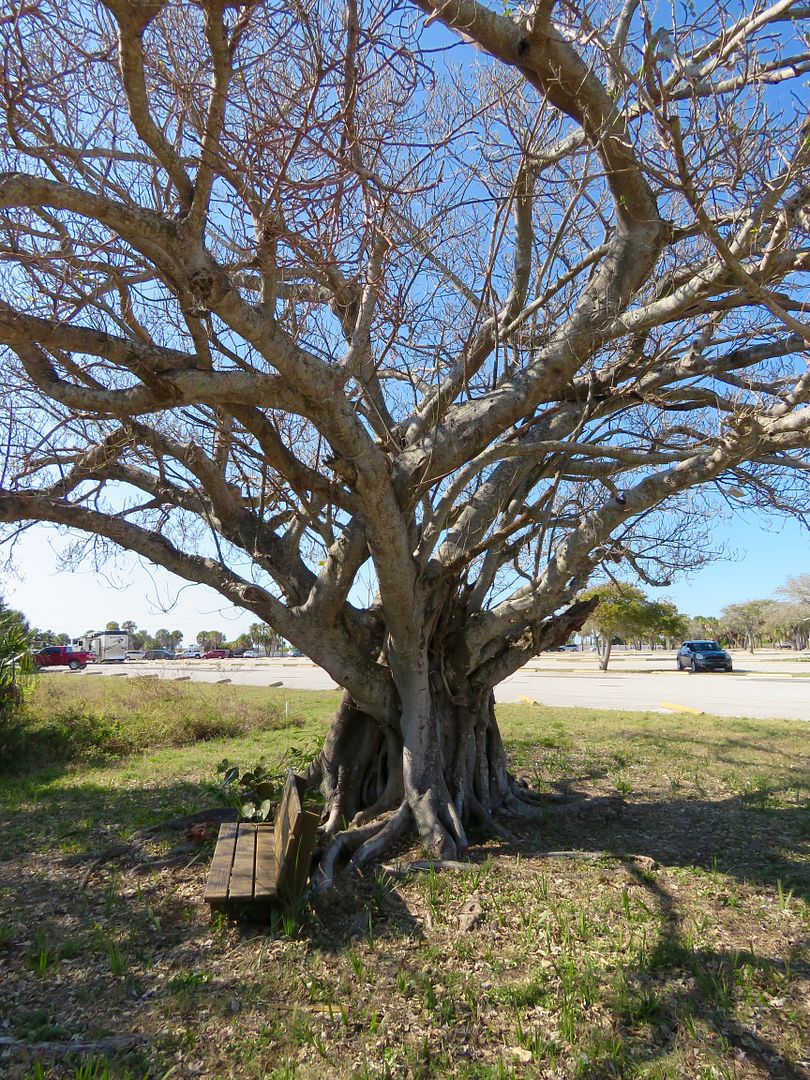

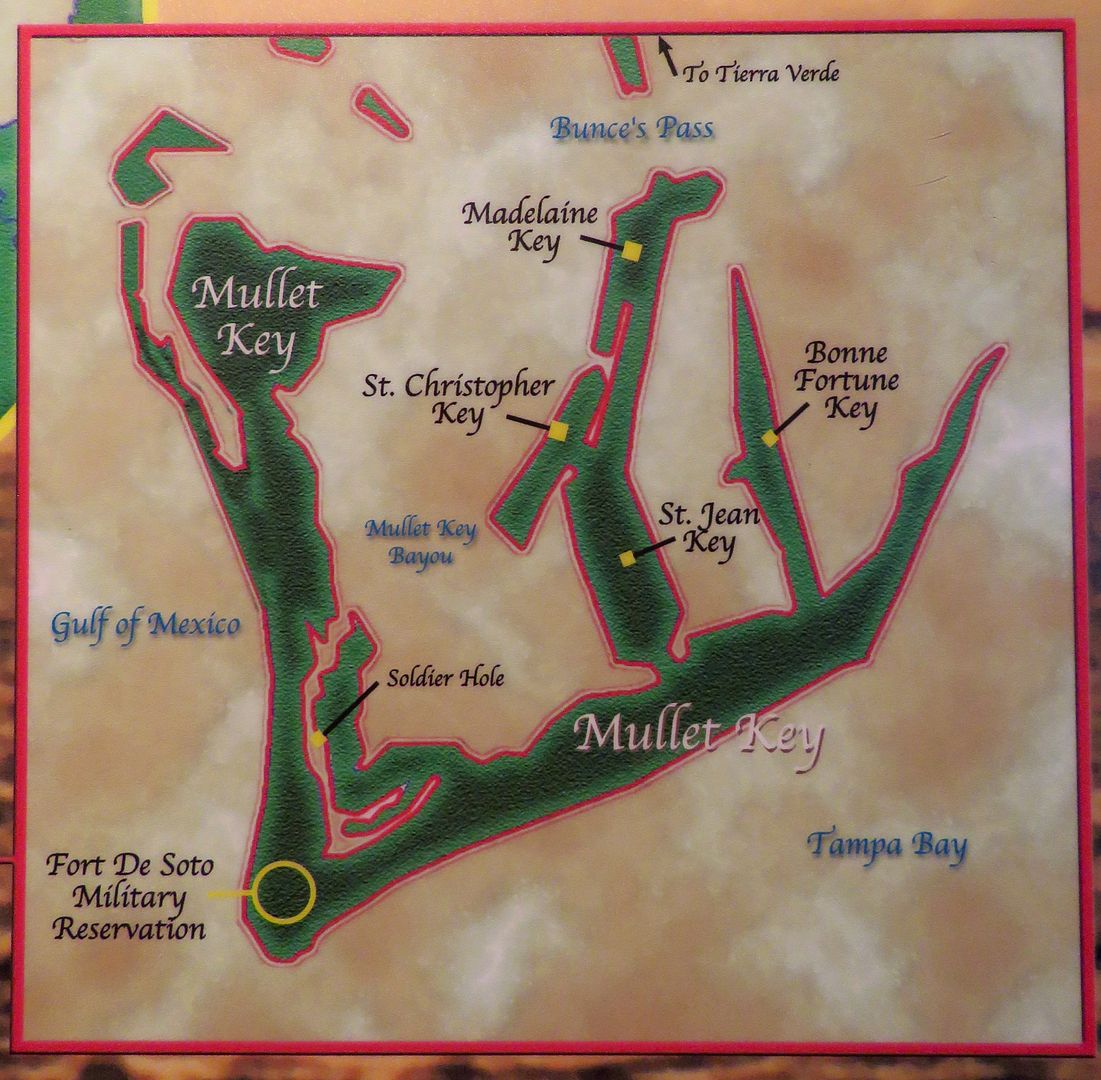
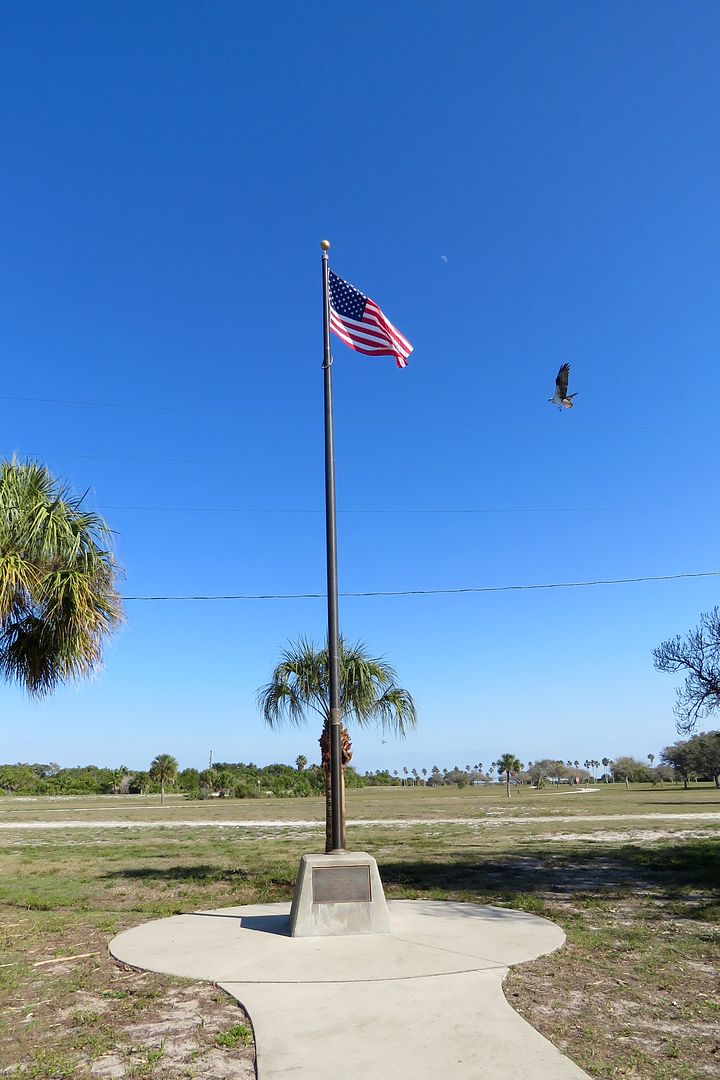





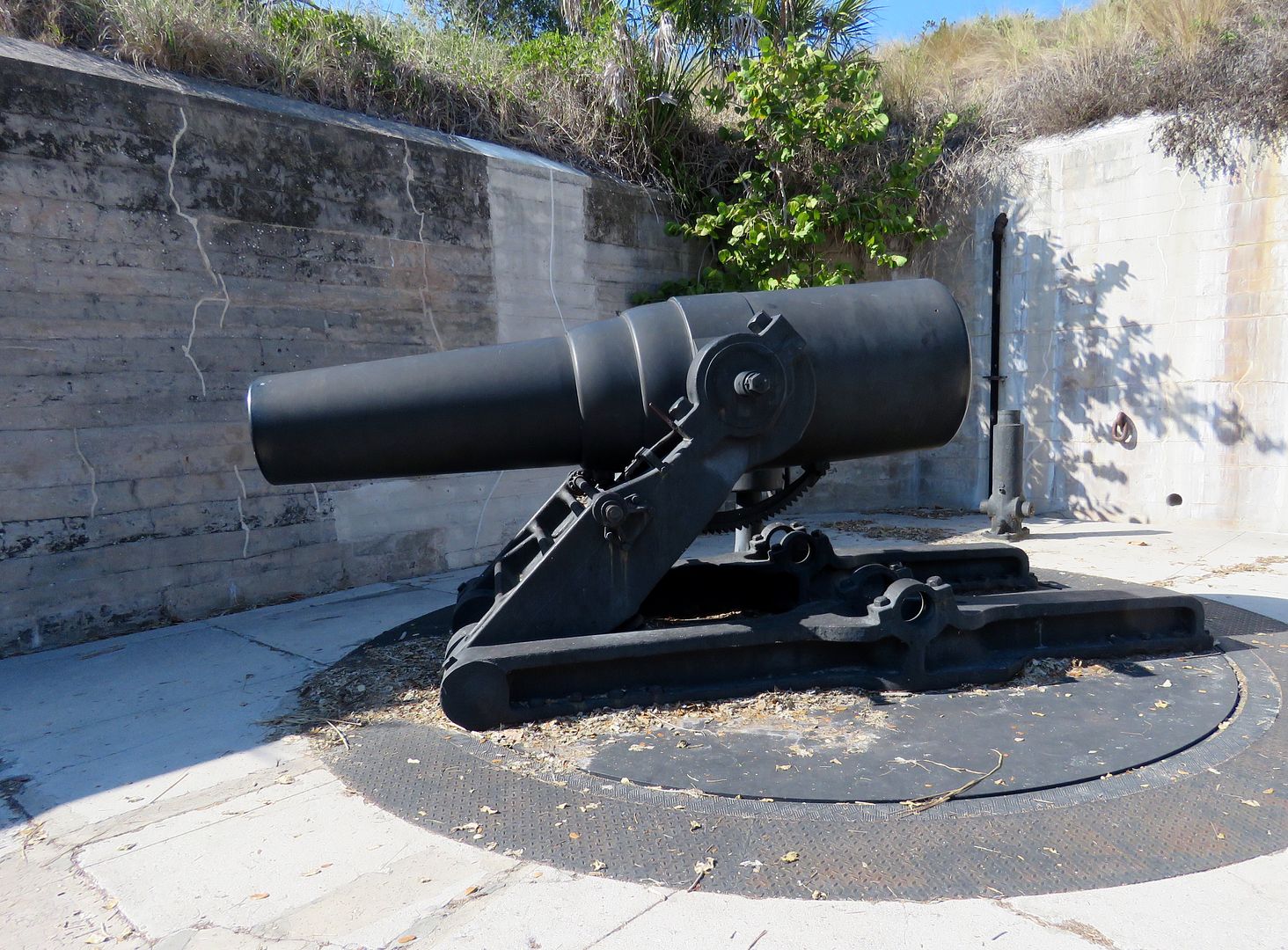

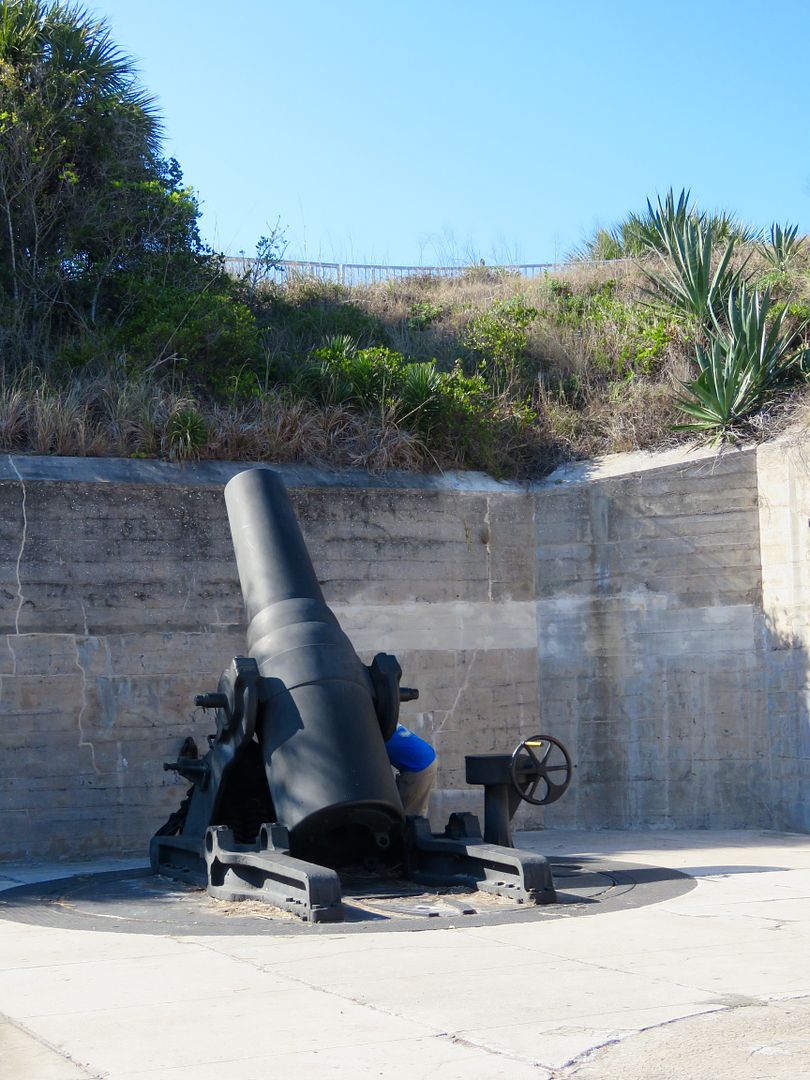
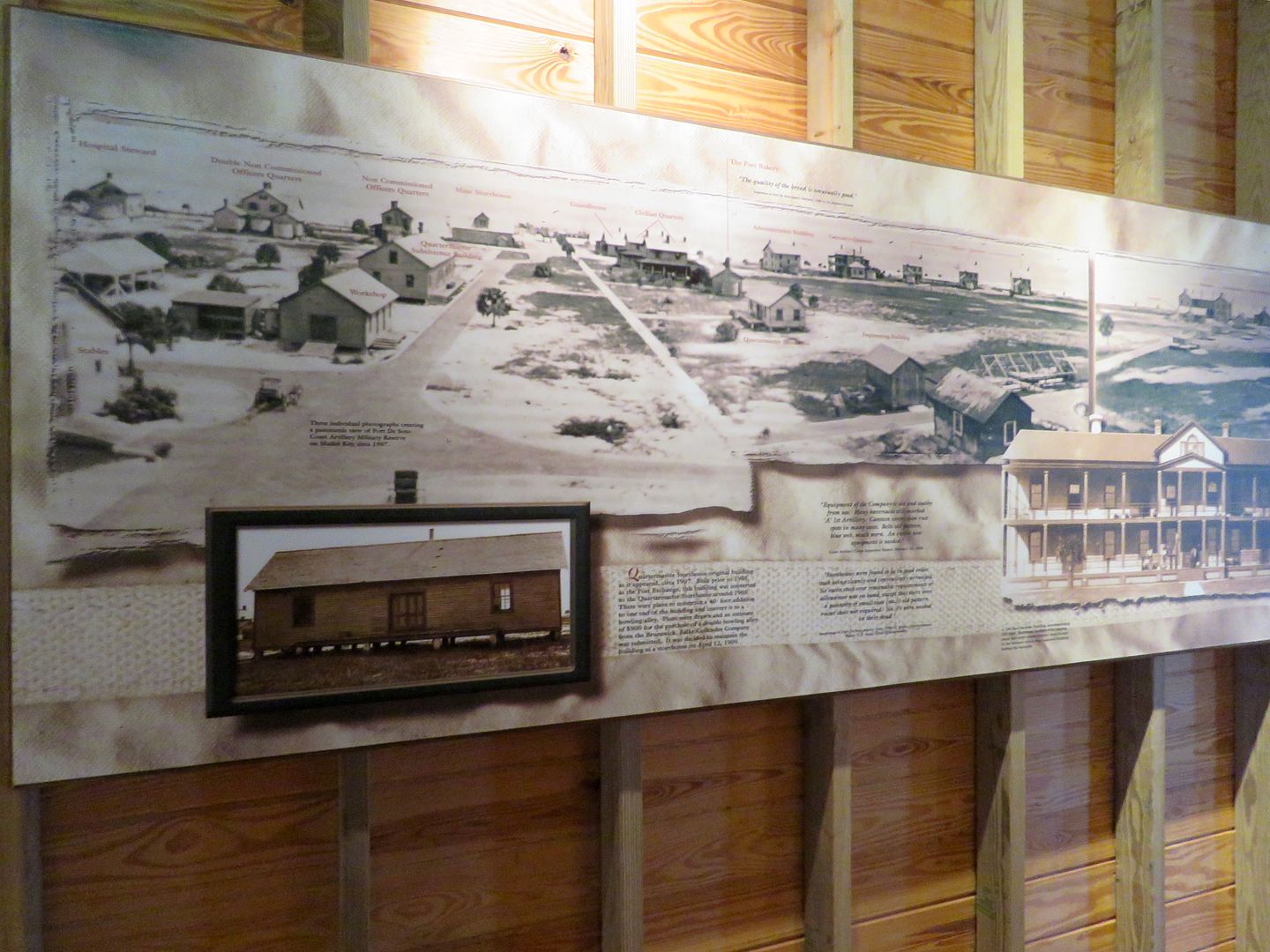

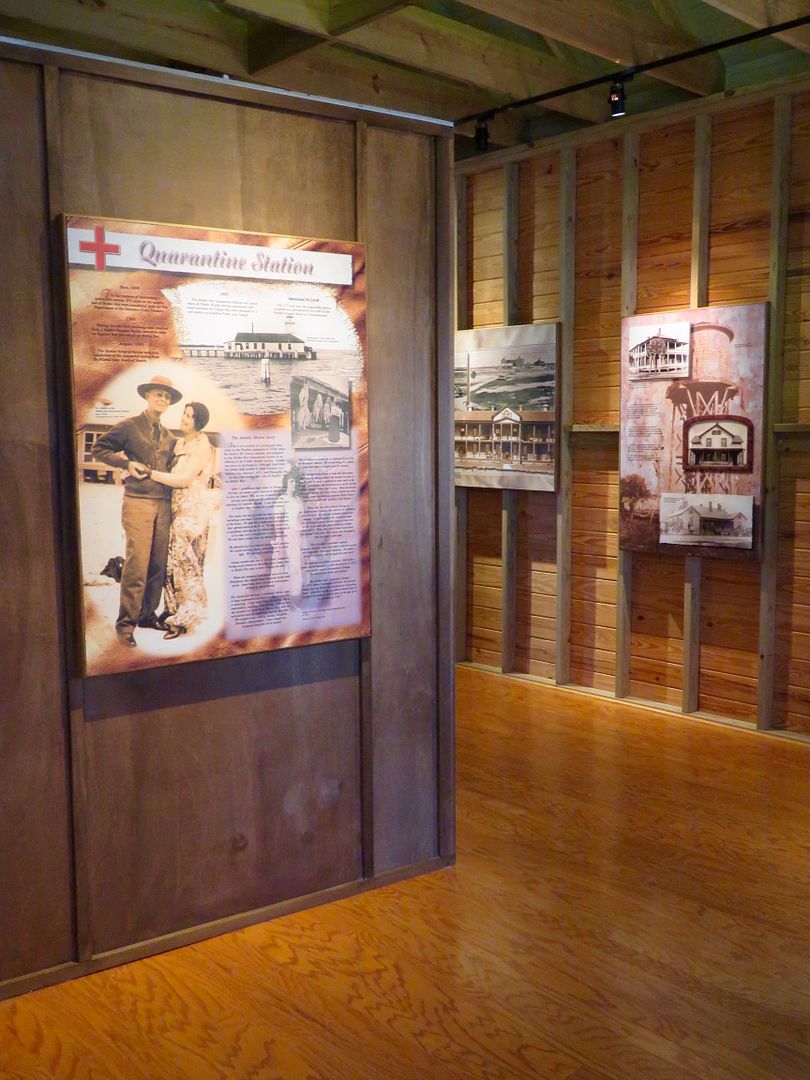



No comments:
Post a Comment